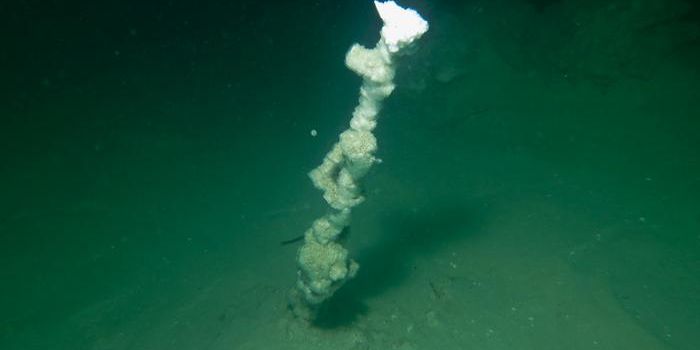Analyzing nitrogen dioxide with deep learning
Researchers from Penn State are looking to deep learning to act as a method for improving air quality predictions. The research team published their findings on the relationship between satellite and ground-based observations of nitrogen dioxide in the journal Science of the Total Environment.
The team began their investigation with the intention of addressing the gap in air quality monitoring in the sub-urban area of greater Los Angeles. Although air quality is monitored by way of ground-based observations and satellites, both techniques have limitations that affect comprehensive monitoring. This is because ground-based observations only collect data from specific locations (although they do collect said data continuously), whereas satellites only collect data at specific times as they pass over certain locations. The researchers had the idea to figure out how to combine those sources in order to allow for improved monitoring.
When data is collected for air quality, one of the main chemical components analyzed is nitrogen dioxide, which is pollution that originates from emissions from traffic and power plants. "The problem right now is nitrogen dioxide varies a lot during the day," said Manzhu Yu, who is an assistant professor of geography at Penn State. "Air quality is one of the major issues within an urban area that affects people's lives. Yet existing observations are not adequate to provide comprehensive information that may help vulnerable populations to plan ahead. We haven't had an hourly, sub-urban scale product available to track air pollution. By comparing surface level and satellite observations, we can actually produce estimates with higher spatial and temporal resolution."
The team utilized deep learning algorithms to recognize patterns in the data and identify a relationship between daily satellite observations and continuous ground-based observations to create hourly estimates of atmospheric nitrogen dioxide in roughly 3-mile grids.
"With a high spatiotemporal resolution, our results will facilitate the study between air quality and health issues and improve the understanding of the dynamic evolution of airborne pollutants," Yu notes, adding that their technique could be extrapolated to be used in other locations around the world or even for measuring other pollutants such as greenhouse gases.








